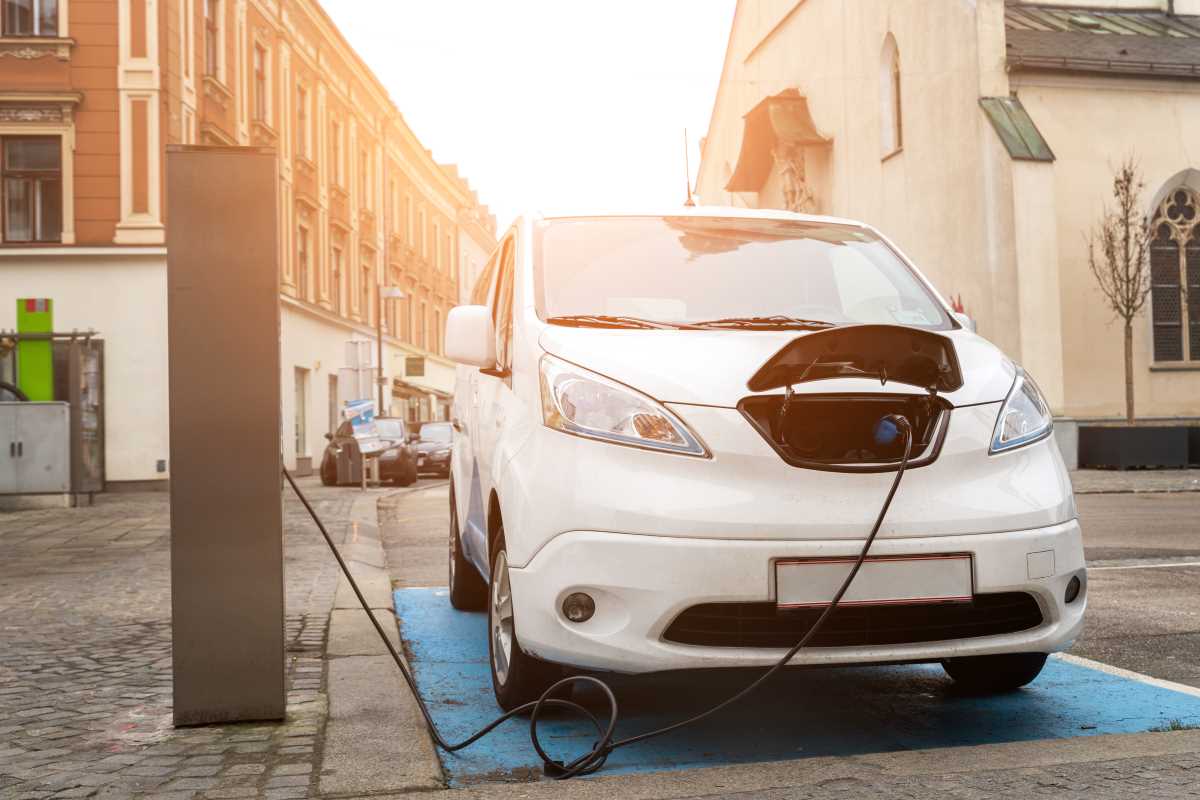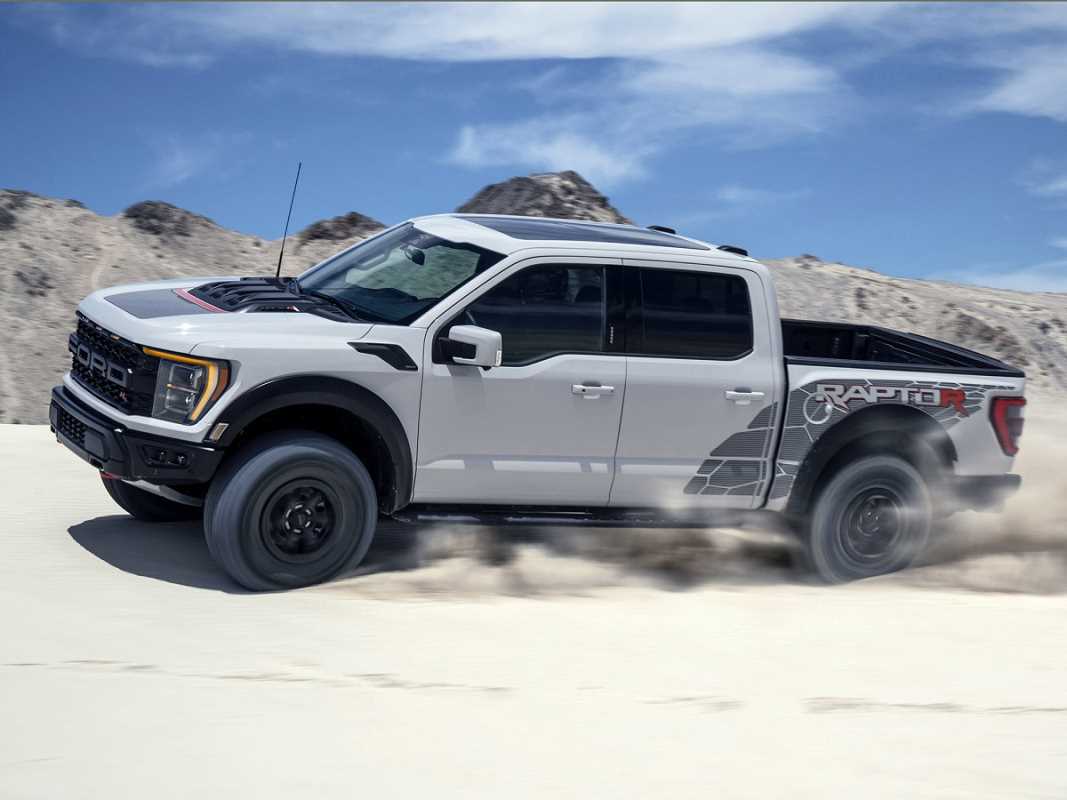Walking into a car dealership can feel like stepping onto a battlefield. The stakes are high, the tactics can be confusing, and it’s easy to walk away feeling like you left money on the table. But securing a great deal isn’t about luck or aggressive haggling; it’s about preparation, strategy, and understanding the game better than the person across the desk. From timing your purchase to mastering negotiation, you’ll learn how to take control and drive off the lot confident that you secured the best possible deal.
Look Beyond the Sticker: Understand Total Cost of Ownership
The price on the windshield is just the beginning. A truly good deal means minimizing your total cost of ownership (TCO) over the life of the vehicle. Before you start shopping, shift your mindset to consider all the factors that make up this crucial number.
- Purchase Price & Fees: This includes the negotiated price of the car plus mandatory fees like documentation ("doc") fees, title, and registration.
- Taxes: Sales tax can add thousands to your final cost and varies by state.
- Financing Costs: The interest you pay over the life of the loan is a major expense. A lower interest rate can save you more than a slightly lower purchase price.
- Insurance: Your new car’s make, model, and safety features will directly impact your insurance premiums.
- Maintenance & Repairs: Research the long-term reliability and common repair costs for the models you’re considering.
- Depreciation: This is the silent killer of car value. Some vehicles hold their value far better than others, which matters when you eventually sell or trade it in.
Timing Is Everything: When to Buy a Car
Dealerships operate on cycles, and buying at the right time can unlock significant savings. Aligning your purchase with their goals gives you leverage.
The Best Time to Buy a Car
- End of the Month, Quarter, or Year: Salespeople and managers have quotas to meet. They are often more willing to make aggressive deals in the last few days of a sales period to hit their targets and earn bonuses.
- Model-Year Changeover: In late summer and early fall, dealerships need to clear out last year’s models to make room for the new inventory. This is a prime time to find discounts and rebates on brand-new, outgoing models.
- Holiday Sales Events: Major holidays like Memorial Day, Labor Day, and Black Friday often bring manufacturer incentives and special dealer promotions.
- When a New Generation Launches: If a model is getting a complete redesign, the outgoing generation often sees the deepest discounts as dealers rush to clear old stock.
Master Your Financing Before You Shop
The single biggest mistake you can make is relying solely on dealer financing. Arranging your own financing beforehand puts you in the driver’s seat of the negotiation.
The Power of Pre-Approval
One of the key preapproved auto loan benefits is that it turns you into a "cash buyer" in the dealer's eyes. Walk into the dealership with a pre-approval letter from your bank, credit union, or online lender. This gives you a benchmark interest rate to beat. If the dealer’s finance office can offer you a better rate, great. If not, you have your own loan ready to go.
Know the Math
Dealers often present a choice: a low APR (e.g., 0.9%) or a cash rebate (e.g., $2,500). You need to calculate which saves you more money. A shorter loan term often favors the rebate, while a longer term may benefit from the low APR. Run the numbers on a loan calculator before you decide.
Also, understand the difference between the "buy rate" (the interest rate the lender offers the dealer) and the marked-up rate the dealer offers you. This markup is pure profit for the dealership, and it is negotiable.
Win the Trade-In Game
Your current car is a valuable asset. Treat its sale as a separate transaction from your new car purchase to maximize its value.
- Establish a Baseline: Before visiting a dealer, get instant cash offers from online services like Carvana, Vroom, or CarMax. This gives you a firm, real-world baseline value for your trade-in.
- Negotiate Separately: Never combine the trade-in negotiation with the new car price discussion. First, agree on the "out-the-door" price of the new vehicle. Then, and only then, introduce your trade-in and ask the dealer what they will offer for it.
- Understand the Tax Credit: In many states, the value of your trade-in reduces the taxable amount of your new car purchase, saving you hundreds in sales tax. Factor this potential savings in when comparing a dealer's offer to a private sale or online offer.
The Negotiation Playbook
Whether online or in person, your goal is to negotiate the total price, not the monthly payment.
- Focus on the "Out-the-Door" (OTD) Price: This is the total cost including the vehicle price, all fees, and taxes. Ask dealers for an itemized OTD quote via email. This makes it easy to compare offers and forces transparency.
- Negotiate Car Price Online: Contact the internet sales departments of multiple dealerships. They are accustomed to competing on price and are often more direct. Use the lowest OTD quote you receive as leverage to ask other dealers if they can beat it.
- Defend Against Upsells: In the finance office, you will be offered add-ons like extended warranties, paint protection, and GAP insurance. Politely decline them all. You can almost always purchase these products for less from third parties later if you decide you need them.
- Car Dealer Fees Explained: The "doc fee" is a fee dealers charge for processing paperwork. While often non-negotiable by law in some states, it can be excessively high. If the fee is high, demand a corresponding discount on the vehicle price to offset it.
New vs. Used vs. Certified Pre-Owned (CPO)
- New: You get the latest tech, a full warranty, and that new-car smell. However, you also face the steepest depreciation.
- Used: A used car that is 2-4 years old often hits the sweet spot of value, as the original owner has absorbed the biggest depreciation hit. Always get a pre-purchase inspection (PPI) from an independent mechanic before buying any used car.
- CPO: Certified Pre-Owned vehicles offer a middle ground. They are lightly used, have been inspected by the dealer, and come with a manufacturer-backed limited warranty, providing extra peace of mind.
EV-Specific Deals and Considerations
Buying an electric vehicle adds another layer of financial incentives.
- Federal & State Incentives: Research available tax credits for new and used EVs. The federal EV tax credit at point of sale allows eligible buyers to transfer the credit directly to the dealer, lowering the purchase price immediately.
- Battery Warranty & Degradation: Understand the vehicle’s battery warranty (typically 8 years/100,000 miles). For used EVs, get a battery health report to understand its current state of degradation.
 (Image via
(Image via





